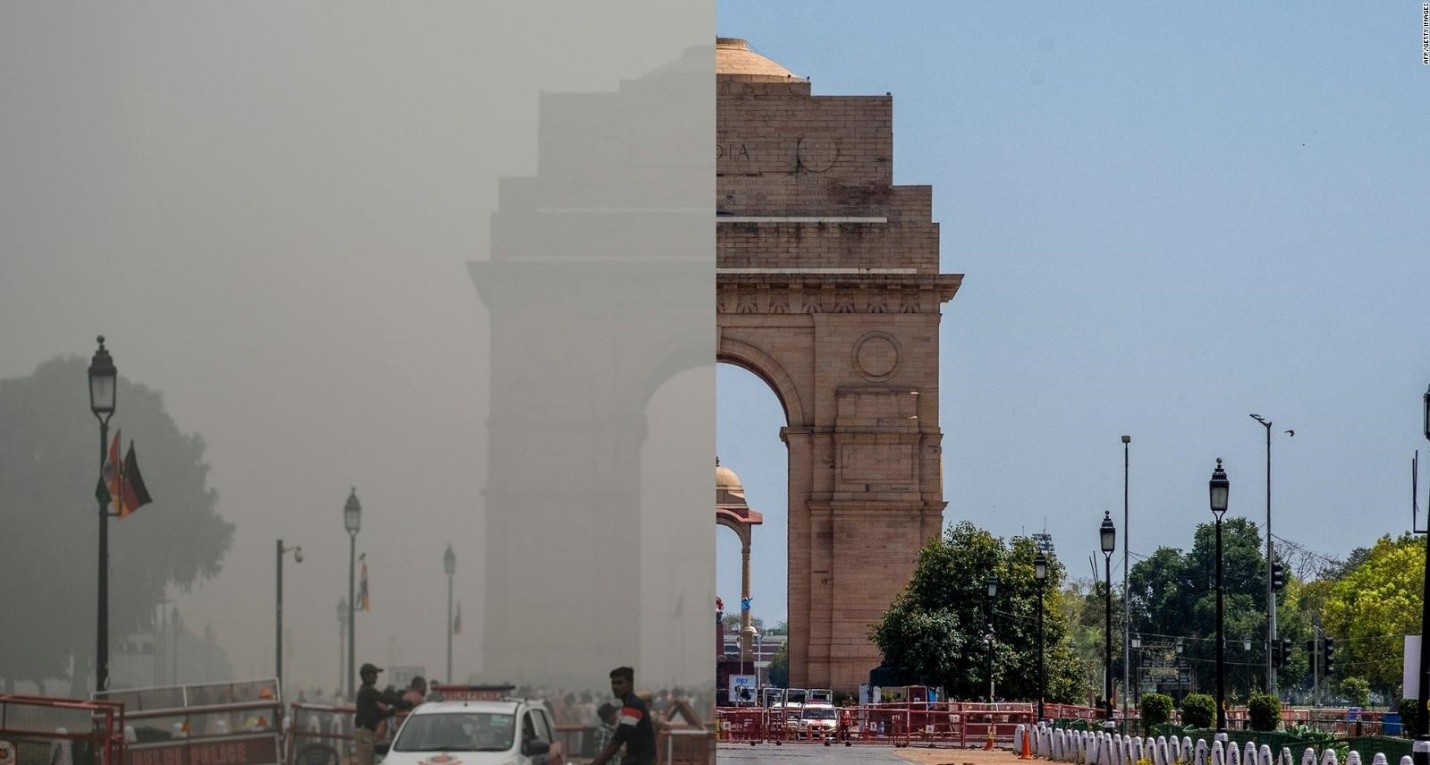Karo Sambhav collaborates with leading organisations to jointly develop industry frameworks, standards, governance mechanisms, systems and processes that advance the transition to circular economy. know more about our alliances.
Every winter, Delhi finds itself shrouded in a thick layer of smog. Cold air, slow winds, and temperature inversion trap pollutants to the ground. The city’s Air Quality Index (AQI) often crosses 400, reaching “severe” levels that make the air difficult, and at times dangerous to breathe.
In our discussions on air pollution during these months and otherwise, we often focus on causes such as vehicle emissions, construction dust, industrial activity, firecrackers, and the burning of crop residue in neighboring states. All of these are significant contributors to Delhi’s toxic air. Yet one critical source of pollution that is growing in scale but rarely enters these conversations is electronic waste.

India generated around 1.7 million tonnes of e-waste in 2023. Most of this waste is processed through informal methods such as open burning, acid leaching, or crude smelting. These techniques release hazardous substances including lead, mercury, cadmium, chromium, and persistent organic pollutants like dioxins and furans.
Studies from informal e-waste recycling areas reveal high levels of fine particulate matter (PM₂.₅) laden with heavy metals and organic pollutants (Zheng et al., 2016). And long-term exposure to such pollutants has been linked to respiratory illnesses, neurological and developmental disorders, kidney and liver damage, and reproductive health issues.
The impact of these emissions is highest in and around informal recycling hubs such as Seelampur in Delhi, Moradabad in Uttar Pradesh, and Ludhiana in Punjab where dismantling and burning often take place in open spaces and near residential areas. Here, waste workers and nearby residents face concentrated exposure to toxic smoke and contaminated dust. Though exposure is most acute near recycling hubs, the contaminants disperse across urban airsheds and water systems, making e-waste pollution a shared environmental and public health concern.
India’s policy framework has taken important steps toward addressing these issues. The E-Waste (Management) Rules, 2022, under the Environment (Protection) Act, 1986, strengthen the Extended Producer Responsibility (EPR) framework, requiring producers and recyclers to ensure traceable and environmentally sound e-waste processing. However, implementation gaps persist, particularly around informal sector recognition, monitoring capacity, and coordination between state boards and local authorities.
Addressing this issue demands a coordinated approach: investment in low-cost, safer recycling technologies; capacity-building and health protection for informal workers; public monitoring and data transparency; and consistent enforcement of existing regulations.
We hope that speaking more about e-waste in the context of pollution will give it the attention and action it urgently requires.
Karo Sambhav collaborates with leading organisations to jointly develop industry frameworks, standards, governance mechanisms, systems and processes that advance the transition to circular economy. know more about our alliances.





